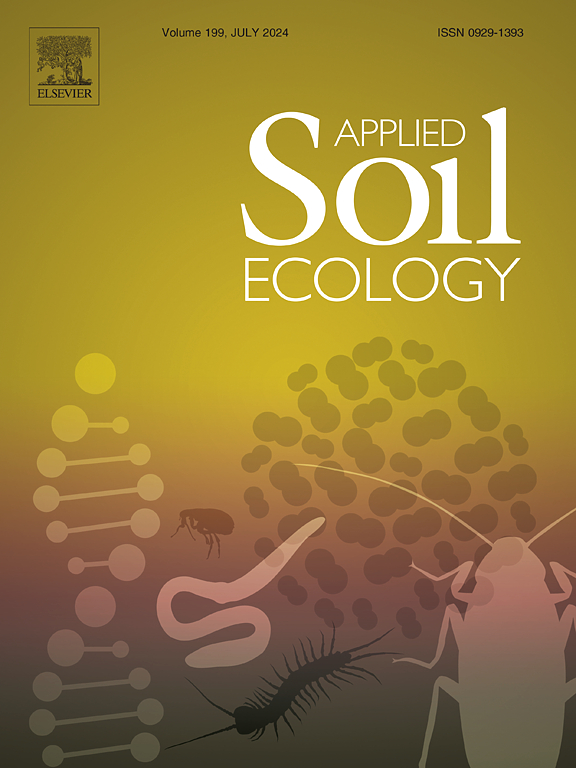Development and evaluation approach of soil quality in agricultural soils: Integrated system for a more reliable delineation of homogeneous management zones
IF 4.8
2区 农林科学
Q1 SOIL SCIENCE
引用次数: 0
Abstract
Soil quality (SQ) is of fundamental importance for sustainable agriculture, environmental conservation and food security. This study presents an integrative methodological framework for the assessment of SQ by combining indicators of soil properties with environmental variables. In a case study in Mali Zvornik, Serbia, agricultural SQ was assessed using total data set (TDS) and minimum data set (MDS) methods, incorporating additive and weighted Soil Quality Indices (SQIa and SQIw). Spatial variations in SQ were analysed using Digital Soil Mapping (DSM) and Boosted Regression Trees (BRT), while Homogeneous Management Zones (HMZ) were identified using fuzzy c-means clustering. The study analysed 18 soil indicators and selected nine key indicators for the MDS through Principal Component Analysis (PCA). Modeling was performed with 12 environmental variables, and the BRT model showed high predictive accuracy by achieving robust R2 values and low prediction errors (MAE and RMSE). Topographic and vegetation factors, especially elevation and NDVI, were identified as the most influential variables affecting spatial SQI patterns. Three distinct HMZs were delineated: a high quality zone suitable for intensive agriculture, a moderately productive zone requiring targeted interventions, and a low quality zone affected by erosion and nutrient deficiency. This research highlights the effectiveness of integrating advanced modeling techniques with environmental data for accurate SQ assessment. The results provide valuable insights for agroecological planning that supports sustainable land management and rural development.
求助全文
约1分钟内获得全文
求助全文
来源期刊

Applied Soil Ecology
农林科学-土壤科学
CiteScore
9.70
自引率
4.20%
发文量
363
审稿时长
5.3 months
期刊介绍:
Applied Soil Ecology addresses the role of soil organisms and their interactions in relation to: sustainability and productivity, nutrient cycling and other soil processes, the maintenance of soil functions, the impact of human activities on soil ecosystems and bio(techno)logical control of soil-inhabiting pests, diseases and weeds.
 求助内容:
求助内容: 应助结果提醒方式:
应助结果提醒方式:


